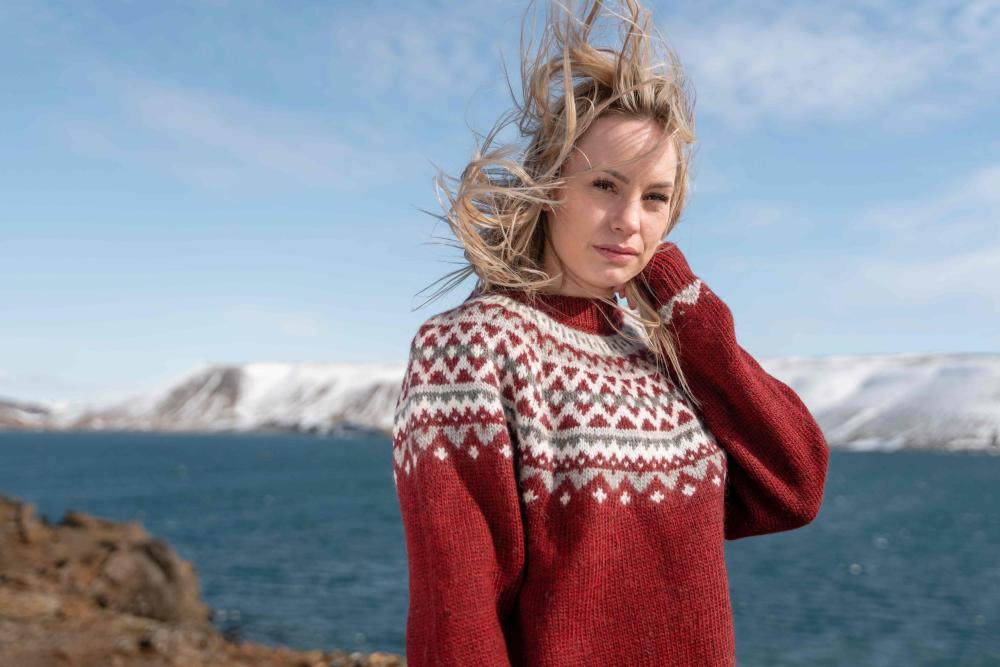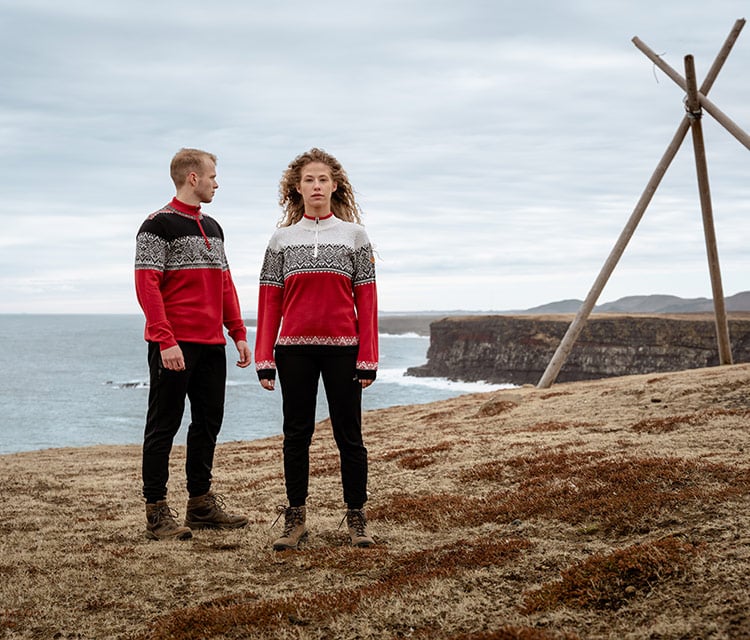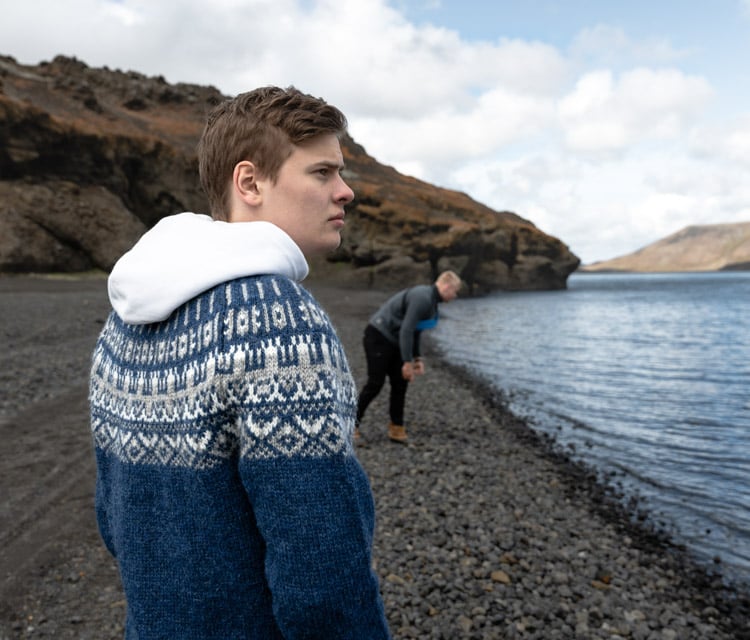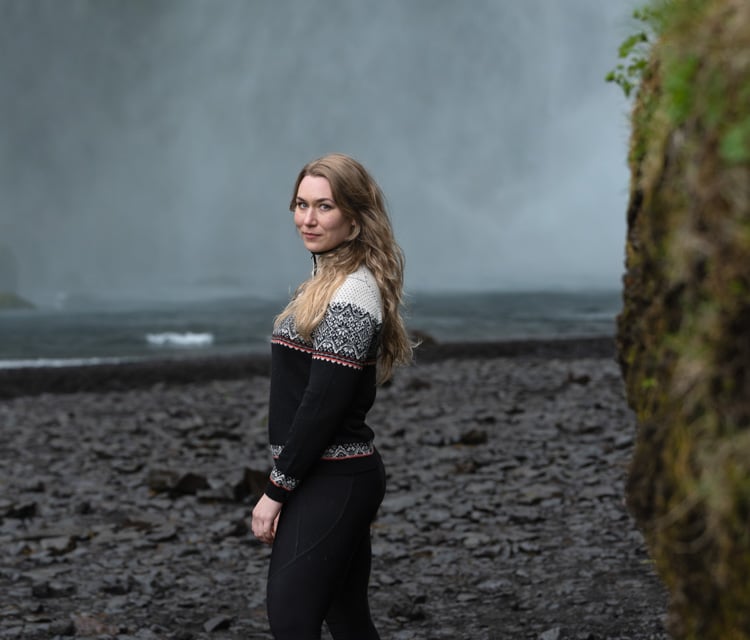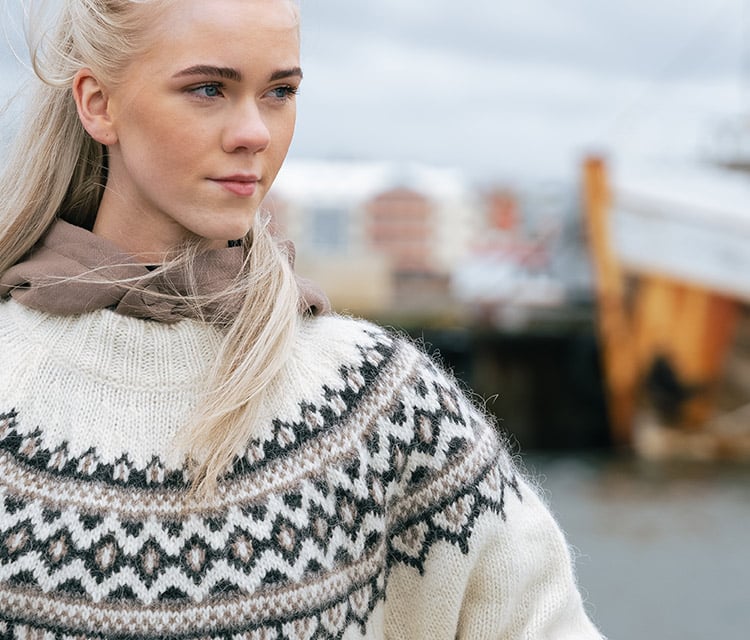Christmas celebrations are as diverse as the communities who observe it. Around the world, what some folks think of as “standard” Christmas traditions are actually specific to their corner of the world.
For example, if you live in a part of the world with a snowy Christmas, can you imagine what Christmas is like in South America where summer is just kicking off?
Or if you live in a place where Christmas is celebrated on December 25th, can you imagine celebrating it on January 6th like people do in Spain, most of East Africa, and many other parts of the world?
Better yet, can you imagine what an Icelandic Christmas might look like? Would you even know where to start?
Through the mishmash of cultural, religious, and folkloric beliefs in the backdrop of Iceland’s history, Christmastime in Iceland has its own unique look and feel. Sure, Iceland does provide the Hollywood-standard “white Christmas” with snow and cold, but the similarities become fewer and further between after that.
Ugly Christmas Sweaters Ideas Added to Icelandic Tradition
Christmastime continues to evolve everywhere it’s celebrated, too. Did you know that the Christmas tree considered “standard” to millions today originated in Germany and was only adopted in other countries 150 years ago?
As for Christmas sweater traditions, in Iceland (and especially at Icewear) there’s plenty to see as far as traditional Christmas sweaters go. The Icewear collection of wool sweaters is ideal for gifts—and for more reasons than you’d ever think. More on that in the next section.
Even in Iceland, though (known for its beautiful lopapeysa sweaters and traditional Nordic designs), the “ugly Christmas sweater” shtick has gained popularity in recent years. You’ll find some truly ugly sweaters showing up in shops in Iceland thanks to foreign influence. They continue to be a growing novelty.
For a look at a more traditional Icelandic Christmas, keep on reading.
Icelandic Christmas Traditions: 13 Santas and a Big, Ugly Cat!

Some of the most fun you’ll have learning about Icelandic Christmas traditions comes from food and folklore.
Icelanders have a tremendous folkloric element in their Christmas time celebrations. Countless myths and narratives make the holiday season all the more charming for children and adults alike.
For starters, do you know how many Santas there are in Iceland?
Instead of the standard, one-man-does-all Santa Claus that many countries recognize, Icelandic folklore says there are 13 Yule Lads as well as one Yule Cat, all of whom play roles in gift giving during Christmas. With parents in the picture, too, that makes quite the family of gift-givers for Icelandic children each season.
One of the Yule Lads visits children every night from December 11th through the 24th, and even then they stick around for the rest of the festivities ending on January 6th.
As for stockings, that’s handled differently in Iceland, too. Instead, children place shoes on their windowsills before they go to bed. On specific nights, a Yule Lad places a sweet treat into the shoe of each child who’s behaved well.
Kids who haven’t been on their best behavior instead get a potato in their shoes! The potato is a reminder to fix their act if they want a sweet when the next Yule Lad comes.
The 13 Yule Lads and the Yule Cat have some mischievous activities they get up to over Christmastime, too. The Yule Cat, in particular, is a rather frightening character who prowls the snowy countryside looking for people to eat. The Yule Cat is particular about its diet, too—it only eats people who haven’t received a single new piece of clothing before Christmas Eve.
With multiple Santas and a ticking countdown to gift everyone you love a piece of clothing before Christmas, it’s safe to say that the yuletide spirit is rich in tradition in Iceland. The whole month of December is taken over with festivities, fun and games, all of which are worth learning more about.
Icelandic Christmas Calendar
Icelanders typically go all-out during Christmas with activities and celebrations galore, starting a full four Sundays before Christmas Eve. The Advent calendar sometimes even starts at the end of November!
While preparations and traditions differ home-to-home, this is the widely celebrated Christmastime calendar in Iceland:
- Four Sundays before Christmas Eve is the first day of Advent
- On December 11th, the 13 Yule Lads begin visiting children each night, and other holiday mischief ensues
- December 21st is the winter solstice, the shortest day of the year (when Christmas lights seem to burn even brighter)
- On the night of December 24th, the Yule Cat nabs anyone who hasn’t received a new article of clothing yet!
- It’s also traditionally on Christmas Eve that gifts are opened
- On December 24th, Christmas dinners in Iceland start promptly at 6pm; some families gather at churches and others are ready to serve dinner at home right after the ringing of a bell and many hugs and “merry Christmases” passed around
- The second day of Christmas is called jóladagur, which is when many households eat “hangikjöt” (smoked lamb) which is traditionally served with “jafningur” (a béchamel sauce)
- Christmas spirit carries on through New Year’s Day; after the glorious fireworks following midnight on December 31st, January 6th marks the departure of the last Yule Lad and even more fireworks around Reykjavik, Iceland’s capital city
Christmas Food in Iceland
One of the most common questions Icelanders ask one another in the weeks and days before Christmas is, “what are you having for dinner?”
Traditionally, “hamborgarhryggur” (which has nothing to do with hamburger, it’s actually smoked pork) is served for dinner on December 24th, accompanied with dishes of smoked lamb, peas, corn, cabbage, beans, gravy, jam and more. A thin-crusted and beautifully decorated bread called “laufabrauð” is also traditional.
A newer vegetarian alternative with nuts called “hnetusteik” has grown popular to replace hamborgarhryggur in some homes, too.
Of course, you’ll also find a myriad of sweets gracing Icelandic tables come Christmas, too!
Popular Icelandic Gifts—and Gift-Giving Traditions

Some of the most popular gifts in Iceland are warm clothing articles, especially traditional pieces made with Icelandic wool. These garments are as much to stave off the Yule Cat as they are a response to the cold weather!
Other popular gifts include wool blankets, books, and scrumptious Icelandic treats.
Warm and wooly sweaters are also considered part of the traditional holiday dress code. People generally dress rather formally for Christmas, many even wearing suits. When it’s time to head out for an activity (more on that soon), it’s easy to throw a sweater on right over suits and then bundle up in a top-layer parka.
Most households give gifts late on December 24th after the traditional grand feast. Waiting until late at night on the 24th to open gifts can be hard for some kids, but once the gift distribution begins, the fun starts before a single gift is opened!
For instance, did you know that names change in Icelandic based on whether they’re “to” that person or “from” that person? Reading gift tags is second nature to a native speaker but can cause confusion for others. For example, “Egill” is a common name in Icelandic. If it’s Egill who’s giving you a present, the tag reads “Agli,” but if you’re giving Egill the present, it’s “Egils.”
Going out in Iceland during Christmastime
December also marks a great deal of time off with holiday closures of local offices, allowing families and friends to spend more time together.
Along with decorating homes and Christmas trees (many of which are imported since Iceland is not a heavily forested country), the darkest winter days leading up to Christmas are an opportunity to admire the Northern Lights that can be seen casting beautiful scenes in the night sky.
Granted, snowfall and road closures make getting to many viewing points difficult. Wherever someone ultimately views the Northern Lights in Iceland, extended time outdoors is required, meaning admirers dress accordingly.
Cue: ugly sweaters! Ugly or funny Christmas sweaters (or, of course, beautiful ones) are an essential added layer before going out. Long Johns, too, are indispensable.
On the occasions that families visit a cemetery on Christmas (which is fairly common), everyone is prepared with their wool sweaters that they pull right on (a Christmas sweater women wear right over their special occasion dresses, and a Christmas sweater men wear right over their suits) before wrapping up in their parkas and heading into the night. It’s also popular for adults and children to slip into snowsuits on these occasions.
Throughout Advent, there are also numerous options for entertainment in the city, starting with dozens of holiday concerts in Reykjavik. It seems like all the musicians and performers of the country come out for their own Christmas programs.
The snowfall over Christmas is sometimes bad enough that the airport is temporarily closed. Icelandic pilots are masters of flying in difficult conditions, but once or twice each winter airfare will be stopped. Coupled with occasional road closures, Icelanders are accustomed to checking conditions and forecasts before going to their “sumarbústaður” (“summer cabin”) to enjoy the extra holiday time off.
Iceland’s daylight hours around Christmastime fall just under four hours, shortest of all on the winter solstice (December 21st). Up until Christmas and through the rest of the Advent season, though, the daylight grows just a little longer each day. When the sun does come out, its reflection off the snow with holiday lights glittering in 360 degrees from every house and window amounts to nothing short of brilliant.
Iceland is a cultural treasure in many ways, and in every season. Christmas in Iceland is an example of fascinating folklore mixed with delicious food and a Christmas spirit that lasts more than a month. Make warm woolen clothing part of your Christmas gear this year in honor of the Icelandic Christmas traditions, starting with this cold weather clothing guide to stay warm, wherever you are.

